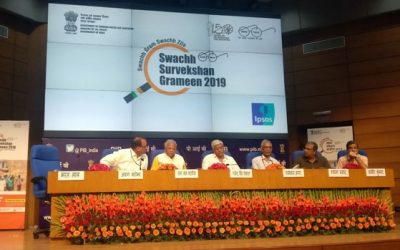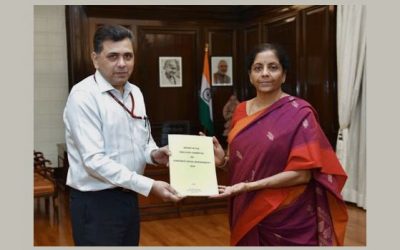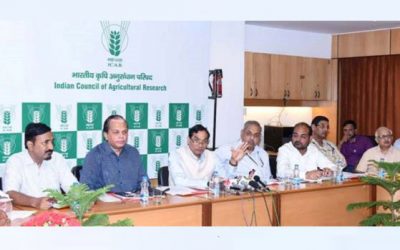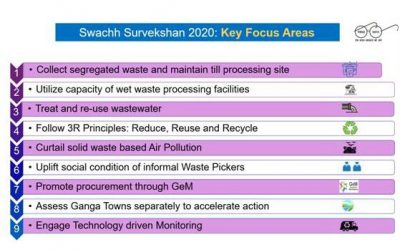Customer Relationship Management (CRM) major Salesforce has recently launched Hyperforce solution in India. The new architecture will enable Salesforce’s customers to run all existing Salesforce solutions on the public cloud and select where their data is hosted.
Some of the platform’s key features are: higher compute capacity, ease of cloud resources deployment into the public cloud, minimize the implementation time from months to weeks, and backward compatibility.
With a backward compatibility feature, every Salesforce app, its customization, and integration, regardless of cloud, will run on Hyperforce.
Enabling digital transformation goals
In 2021, when technologies like artificial intelligence and machine learning will be heavily tested and deployed by organizations, businesses would need the agility and ease to utilize various clouds’ competencies the way they seem fit.
Salesforce Hyperforce will enable users to leverage Salesforce’s CRM tools via cloud infrastructures of other cloud service providers, such as Microsoft, Google, and Amazon Web Services (AWS).
While Salesforce has not shared whether it has already signed-up with any cloud service providers to offer a hosting option to its customers, it is likely that it will take advantage of its strategic partnerships with AWS and Google. Microsoft’s Azure onboarding seems like a certainty due to Salesforce’s recent acquisition of Slack. (See: Salesforce buys Slack to expand its cloud footprint)
Salesforce’s new approach is in line with meeting the growing enterprise digital transformation roll-outs requirements and bring flexibility to businesses to move their apps and infrastructure the way they want it.
Data compliance
For many years, Salesforce hosted the data of its customers in its own cloud. However, with changing times, governments worldwide have begun to stiffen data security laws to address privacy-related concerns in the economy. And businesses have been demanding more control of their data and decide where it gets hosted — on-premise or cloud.
With Salesforce Hyperforce, the San Francisco-based company will let its customers choose to store data in a particular location or a country to support mandatory compliance and regulations applied to that region, company, and industry.
“One of the broader global trends that have impacted India and also the world, there’s a proliferation of data privacy laws, of compliance requirements around data residency. This platform will enable our customers to respond to this (requirement) whether they operate just within India, whether they’re a multinational with customers in multiple countries,” said Salesforce President and COO Bret Taylor in an official statement.
Hyperforce will also enable Salesforce to tap sectors such as banking and finance, telecom, and government enterprises in India that follow strict data compliance policies. The new architecture is currently available to users in India and Germany. Salesforce plans to unveil the offering in ten more countries by 2021.








 The Swachh Survekshan 2020 Toolkit launched by the Minister contains the detailed survey methodology and component indicators with scores to help cities to prepare themselves for the survey.
The Swachh Survekshan 2020 Toolkit launched by the Minister contains the detailed survey methodology and component indicators with scores to help cities to prepare themselves for the survey.
 Move #2: The most significant manifestation of this drive is reflected in the recent decision of slashing of goods and services tax (GST) rates for electric vehicles and related services to 5%. While GST rate on all electric vehicles was reduced from 12% to 5%, the rate on charger or charging stations for electric vehicles be reduced from 18% to 5%. Also, hiring of electric buses of carrying capacity of more than 12 passengers by local authorities was exempted from GST.
Move #2: The most significant manifestation of this drive is reflected in the recent decision of slashing of goods and services tax (GST) rates for electric vehicles and related services to 5%. While GST rate on all electric vehicles was reduced from 12% to 5%, the rate on charger or charging stations for electric vehicles be reduced from 18% to 5%. Also, hiring of electric buses of carrying capacity of more than 12 passengers by local authorities was exempted from GST.
0 Comments